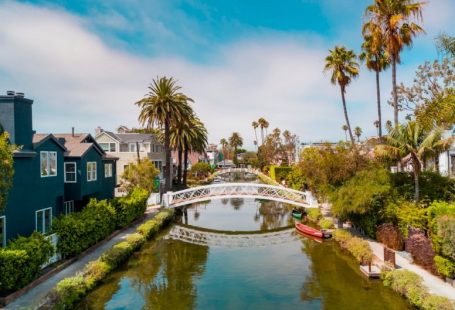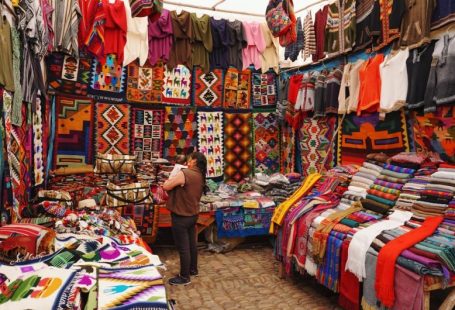Chocolate has a rich and fascinating history in Central America, dating back thousands of years to the ancient civilizations that once thrived in the region. From its origins as a bitter beverage consumed by the Mayans and Aztecs to its transformation into the sweet treat enjoyed worldwide today, the story of chocolate in Central America is a tale of cultural significance and culinary evolution.
The Ancient Origins of Chocolate
Central America is widely regarded as the birthplace of chocolate, with evidence of its consumption dating back to as early as 1900 BC. The ancient Mayans and Aztecs were among the first to cultivate cacao plants and develop the process of turning cacao beans into a drink. This drink, known as “xocolatl” in the Aztec language, was a bitter concoction often flavored with spices such as chili and vanilla.
For these ancient civilizations, chocolate held deep cultural and religious significance. It was believed to have mystical properties and was often used in religious ceremonies and rituals. The Mayans even had a cacao god, Ek Chuah, who was associated with trade and prosperity.
The Arrival of Chocolate in Europe
With the arrival of Spanish explorers in Central America in the 16th century, chocolate made its way to Europe and began to spread across the continent. Initially, chocolate was still consumed as a beverage, but the addition of sugar and other sweeteners gradually transformed it into the more familiar form we know today.
Chocolate quickly became a popular delicacy among European nobility, with chocolate houses popping up in major cities like London and Paris. The demand for cacao beans led to the establishment of plantations in Central and South America, where indigenous populations were forced to labor under harsh conditions.
The Industrial Revolution and the Mass Production of Chocolate
The Industrial Revolution in the 19th century brought about significant advancements in chocolate production. The invention of the cocoa press by Dutch chocolate maker Coenraad Johannes van Houten in 1828 revolutionized the industry by making it possible to separate cocoa butter from cocoa solids, resulting in the creation of cocoa powder. This innovation paved the way for the mass production of chocolate bars and other confections.
In the early 20th century, companies like Cadbury and Hershey’s began producing chocolate on a large scale, making it more accessible to the general public. The development of milk chocolate by Swiss chocolatier Daniel Peter in 1875 further expanded the range of chocolate products available to consumers.
The Rise of Artisanal Chocolate in Central America
In recent years, there has been a resurgence of interest in artisanal chocolate making in Central America, with a focus on preserving traditional techniques and flavors. Countries like Guatemala, Belize, and Honduras are known for their high-quality cacao beans, which are prized by chocolate makers around the world.
Artisanal chocolate makers in Central America are committed to sustainable and ethical practices, working closely with local farmers to source cacao beans and supporting the preservation of heirloom cacao varieties. These small-batch chocolates often highlight the unique flavors and characteristics of the region’s cacao, offering consumers a taste of the rich history and cultural heritage of Central American chocolate.
The Future of Chocolate in Central America
As the global demand for high-quality chocolate continues to grow, Central America is poised to play an increasingly important role in the industry. With its rich history, diverse cacao varieties, and commitment to sustainability, the region is well-positioned to be a major player in the world of fine chocolate.
In conclusion, the history of chocolate in Central America is a testament to the enduring legacy of this beloved treat. From its ancient origins as a sacred beverage to its modern incarnation as a decadent indulgence, chocolate has captivated the hearts and taste buds of people around the world. By honoring the traditions of the past and embracing innovation, Central America is shaping the future of chocolate in exciting and delicious ways.





